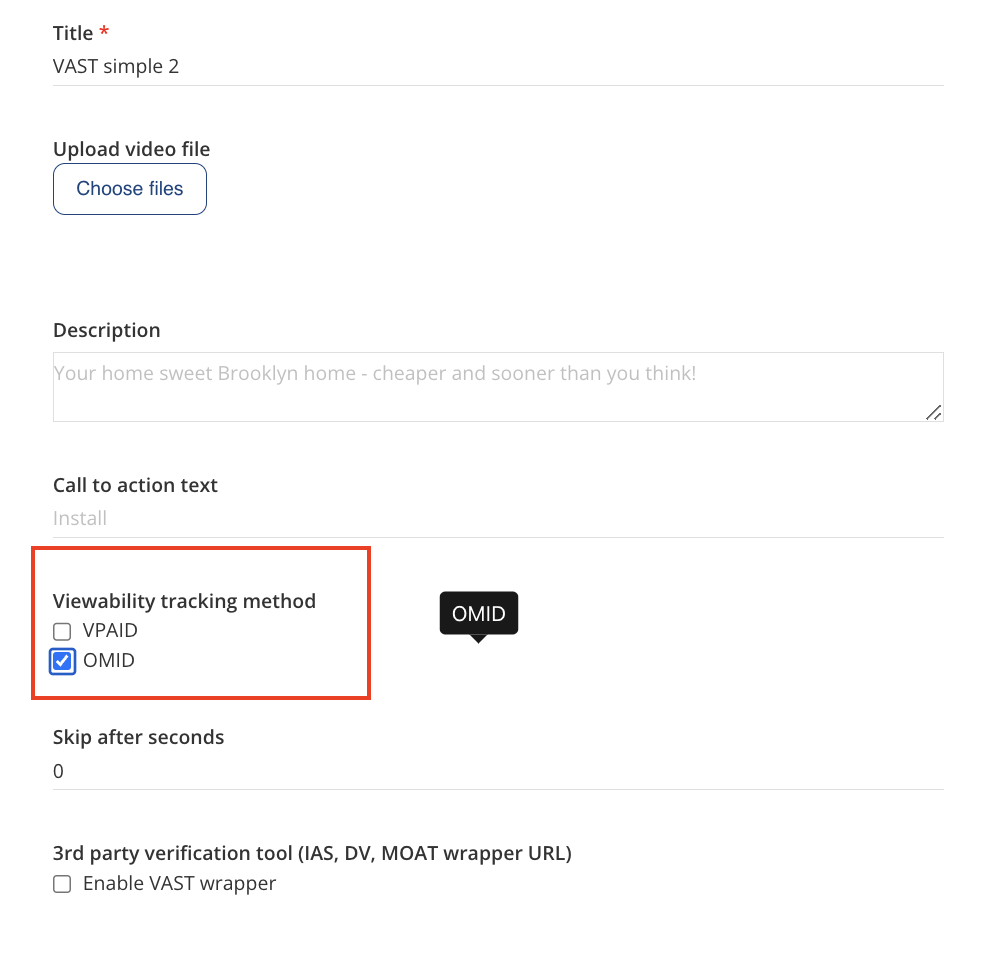A Comprehensive Guide to OMID - app publishers
Introduction
In the dynamic world of online advertising, there are various technologies and standards designed to enhance the delivery and measurement of video ads. One important standard in this realm is OMID (Open Measurement Interface Definition). This manual article aims to provide a comprehensive understanding of OMID, exploring its purpose, applications, key differences, and the challenges it faces in the market.
Exploring OMID
OMID, or Open Measurement Interface Definition, is a standard developed by the IAB (Interactive Advertising Bureau) to facilitate third-party verification and measurement of ad impressions. It allows independent verification providers to measure various metrics, such as viewability, ad verification, and audience measurement, in a consistent and standardised manner. OMID provides an API that enables measurement and verification scripts to interact with the ad container, ensuring transparency and accountability in the advertising ecosystem.
How it is used
OMID plays a crucial role in enabling viewability measurement for app publishers. By integrating the OMID SDK into their mobile applications, app publishers gain access to standardised viewability measurement capabilities across different platforms and devices.
With OMID, app publishers can work with third-party verification providers (MOAT, IAS, DV etc.) to measure viewability metrics such as the percentage of fully viewable impressions and average viewable time. The OMID SDK allows for consistent and transparent measurement, ensuring accurate and reliable viewability data.
By leveraging OMID, app publishers can assess the visibility and impact of their video ads, optimise their placements for maximum viewability, and provide advertisers with the necessary insights to enhance the effectiveness of their campaigns. OMID's standardised approach to viewability measurement in the app environment contributes to increased trust and accountability, benefiting both app publishers and advertisers in achieving more impactful and successful mobile ad experiences.
How it is used at Eskimi?
Eskimi utilises OMID for viewability measurement to enhance transparency and optimise the performance of their ad campaigns. By integrating OMID into their platform, Eskimi gains access to standardised viewability metrics from mobile apps.
When bidding on ad impressions, Eskimi leverages OMID-compliant measurement scripts to verify viewability. These scripts communicate with the ad container through the OMID API, collecting standardised viewability data. Eskimi then uses this data to evaluate the viewability performance of the impressions they purchase, optimising their bidding strategies and ensuring that their ads are seen by the intended audience.
By leveraging OMID viewability measurement, Eskimi enhances transparency, providing advertisers with accurate reporting and actionable insights to optimise their campaigns for improved viewability and effectiveness.
Practical implementations
To enable video viewability tracking advertisers should select OMID when uploading original VAST video or remote VAST URI ads. See the example below:
Keep in mind that by selecting this tracking method you will only search for ad placements which supports OMID. Therefore, the traffic may be limited to app publishers which support OMID.
Also, VPAID and OMID can be selected simultaneously if a VAST video mp4 is uploaded.
Market Challenges
The adoption of OMID faces challenges due to varying implementation timelines and compatibility across platforms. Additionally, the integration and implementation of OMID-compliant measurement solutions require technical expertise and coordination between advertisers, publishers, and measurement vendors.

